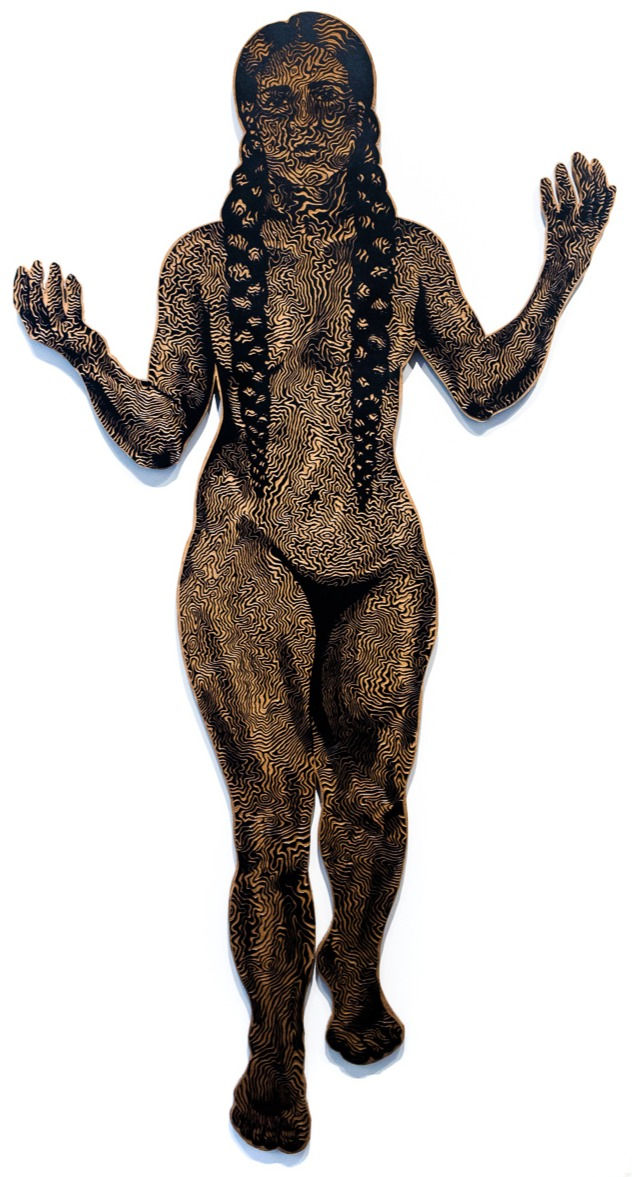Holy Site: Embracing the world as kin
- Abigail Wilson
- Feb 1, 2022
- 2 min read
This essay was written as part of Kincentricity, a collection of map-based woodblock prints and writing which explores the relational archetypes present between humans and the ecosystems which surround us. Amy Walker bends to tend the tender bean sprouts just stretching from the dark embrace of the soil. Before her people were forcibly removed two hundred years ago, her ancestors would have done the same.

In those days, this small earthen mound had more visible dignity — three times as tall, and topped with a council house where communal governance and spiritual purpose resided together. The land is as much a part of who she is as the body she walks in. Not just any land — this land. The Mother Town of the Cherokee Nation.
From which land have you risen?
The Cherokee — like many indigenous cultures — understand something that we in the West have forgotten. Soil is a living thing: a vast web of bacteria, mycelium, protozoa, and more upon which our entire existence is based. Plants don’t grow in dead soil. Civilizations collapse without the ecosystem that rich soil supports.
Indigenous cultures relate to the land as kin, living in gratitude of the richness and generosity of the world by taking on a reciprocal attitude of nurturing and care.
When all the world is a gift in motion, how wealthy we become.
Healing our relationship with the land requires vulnerability. It requires us to admit that we cannot do it alone. We must deliberately pull down the walls that commodify the Other and cultivate an understanding in which the world is an extension of our very being.
Everything becomes our garden to tend, our harvest to share. With all that you have received from our Mother Earth, what do you offer in return?
Her body is, after all, your own.
* quote from Robin Wall Zimmerer












Comments